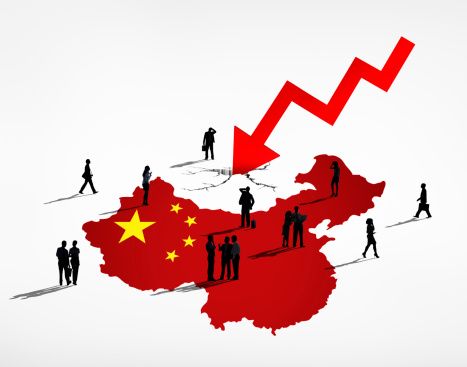China’s economy decelerated in the latest quarter to a six-year low of 6.9%, the slowest since early 2009 in the aftermath of the global financial crisis. The unstable Chinese economy has fueled concerns of a worsening world economy that may be entering a period of low growth that could extend into next year.
China’s economy has been under a microscope this past year as its slowdown has unnerved global financial markets and held down growth in countries that export raw materials to China, such as Brazil and Australia.
The growing concerns over China has affected the United States as well. This past month, Federal Reserve mentioned China’s slowdown and unstable economic conditions as one of the factors in their decision to not increase short-term American interest rates. The Fed’s main concern in their decision was the low U.S. inflation, which suggests that there is weakness in the United States economy as well.
China has cut interest rates five times since last November in an effort to shore up growth. However, the country has continued to experience weakening trade and manufacturing. China has also experienced a contraction in construction output, which has a significant impact on their demand for oil, iron ore and other commodities. These conditions in China have dragged down growth in Australia, Brazil and other suppliers as a result.
According to Louis Kuijs, one of the forecasters for Oxford Economics,”continued downward pressures from real estate and exports caused GDP growth to drop. But robust consumption and infrastructure prevented a sharper slowdown.”
Rising Chinese incomes has driven demand for European wines, wheat and fresh fruit from Australia and the United States, medical technology and other imports. The growth in consumption has been the one bright spot in the Chinese economy.
The rise in consumption, however, has not been enough to drive the overall economy in a positive direction. To make matters worse, some analyst are skeptical that the real numbers are even worse than reported. These analyst believe the true growth rate is likely to be below 4% and that these reported numbers have been exaggerated amid pressure from Beijing.
